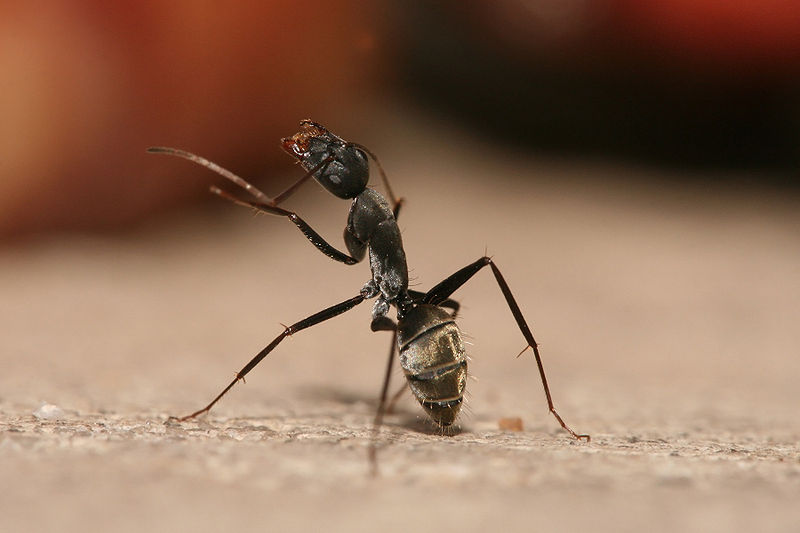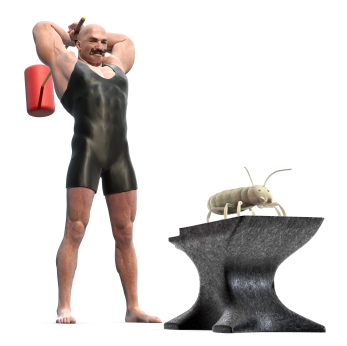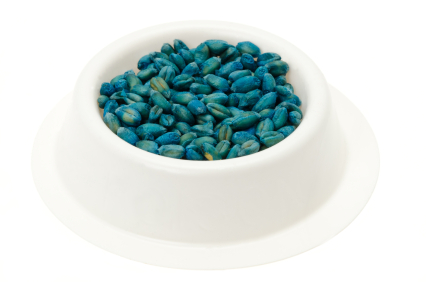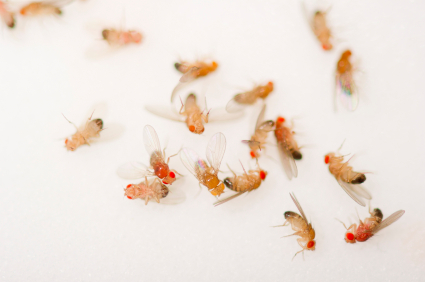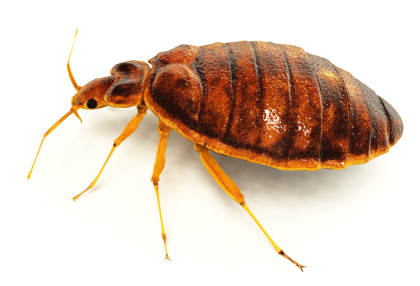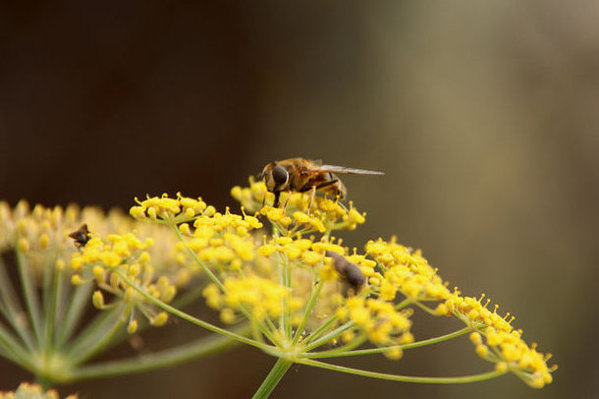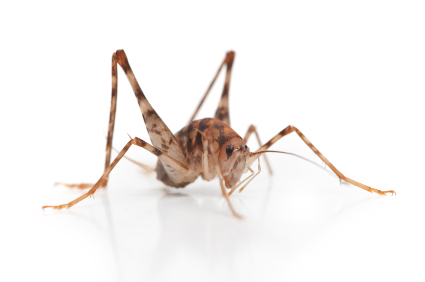Carpenter ants are some of the most aggressive wood destroyers found in nature, but it’s incredibly important to know that carpenter ants don’t eat wood for food. Rather, they simply tunnel through wood to enlarge their nest — but this excavation can be extremely costly and expensive to homeowners. In order to get rid of carpenter ants, you should only use bait or non-repellent insecticides. Read on to learn more about how to get rid of carpenter ants in the house.
Don’t spray without thinking
Simply spraying exposed ants without thinking about the consequences may actually exacerbate the problem. Many chemical repellents and insecticides will force the ants to simply avoid the sprays. If you find the nest and spray close to the nest, the queen may actually split the colony into multiple satellite nests, making ant control very difficult.
You also want to make sure that your problem is actually carpenter ants, rather than termites. You can find this out by checking the frass, or small piles of excavation material. These small piles should have dead ant material and small wood chips and should not be confused with sawdust or drywood termite fecal pellets.
Baiting the ants
Bait is one of the most effective carpenter ant solutions. You should apply these baits in small quantities (like a teaspoon) near the nest and then check it periodically to see whether or not the ants are still eating it. As long as the ants keep on taking it, keep on replacing the bait since the colony may have thousands of ants.
Alternatives to bait
You can also use non-repellent spray insecticides or dusts. The ants will crawl through the dust or spray without realizing it and eventually, within a week or two, die off. It’s imperative that these alternatives are non-repellent so that the carpenter ants aren’t forced to begin satellite colonies.
Ultimately, if you have a significant problem with carpenter ants, you should professional pest control company to get rid of your carpenter ant problem. TalkLocal can connect you with a high quality local pest control expert in just minutes, so you can have this ant problem wrapped up as soon as possible.

